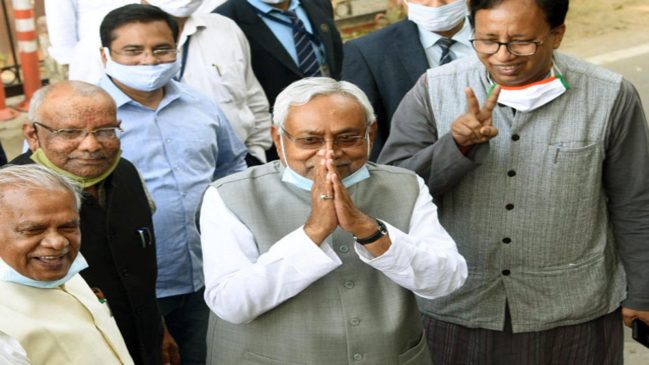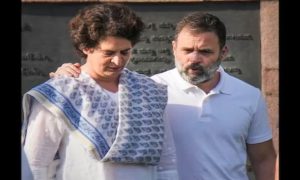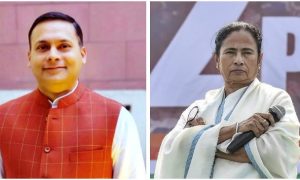The government will conduct the exercise in two phases. In the first phase, which will be over by January 21, the number of all households in the state will be counted
Bihar government led by Chief Minister Nitish Kumar will begin its first phase of caste-based census on Saturday.
Speaking on the eve of the highly demanded survey, Kumar said “The caste-based headcount will be beneficial for all… It will enable the government to work for the development of various sections of the society, including those who are deprived. After completion of the enumeration exercise…, the final report will be sent to Centre also.”
WHAT IS CASTE CENSUS?
According to Kumar, who was speaking to reporters on the second day of his ongoing ‘samadhan yatra’, “The exercise is basically ‘Jaati Aadharit Ganana'”, he said. “People belonging to every religion and caste will be covered during the exercise. Proper training has been imparted to officials who are involved in the process of conducting the caste-based headcount”, Kumar said.
The government will conduct the exercise in two phases. In the first phase, which will be over by January 21, the number of all households in the state will be counted.
In the second phase, which will be from March, data pertaining to people of all castes, sub-castes and religions will be collected. Enumerators, whose training began on December 15, will also record information about the financial status of all people. The exercise will be completed by May, 2023 a delay from its date of completion of February 2023.
The state government will spend Rs 500 crore from its contingency fund for the exercise. The general administration department is the nodal authority for the survey.
WHY IS THE CASTE CENSUS BEING HELD?
Caste-based count has been a major issue in Bihar politics, with Nitish Kumar’s JD(U) and all constituents of the ‘Mahagathbandhan’ demanding that the exercise be undertaken at the earliest.
The Congress-led UPA government at the Centre had agreed to conduct the exercise at the national level in 2010, but the data collected during the census were never processed.
The state government embarked on the exercise after Union Minister of State for Home Nityanand Rai told the Lok Sabha last year that the Centre would not undertake caste-based enumeration other than the SCs and STs would be held.
It has been the contention of Nitish Kumar, himself an OBC, and the RJD, which emerged in the thick of the Mandal era, a fresh estimate of various social groups was essential since the last caste census held in 1931. The 1931 census by the British government had pegged the OBC population at 52 per cent.
In India, quotas for Scheduled Castes (SCs) are at 15 per cent and the Scheduled Tribes (STs) at 7.5 per cent, and are based on caste and tribal identities. The highest reservation mandate for the Other Backward Classes (OBCs) at 27 per cent and was formulated as per the BP Mandal Commission.
On 16 November 1992, the Supreme Court upheld the Mandal Commission’s 27 per cent quota for backward classes.
Nitish Kumar had said the enumeration exercise of the population would help the government formulate more accurate welfare schemes. After holding an all-party meeting in June 2022, the Chief Minister announced the caste census and said that the purpose of conducting the enumeration is to take people forward so that no one gets left behind in the state.
DATA COLLECTION
Data will be collected digitally through a mobile application as part of the survey, from the panchayat to the district level, said Chandrashekhar Singh, Patna District Magistrate. “The app will have questions about place, caste, the number of people in a family, their profession, and annual income. Census workers include teachers, Anganwadi, MGNREGA or Jeevika workers”, he added.
The exercise will be conducted in total 12,696 blocks in Patna district, he said.
(With inputs from PTI)

































